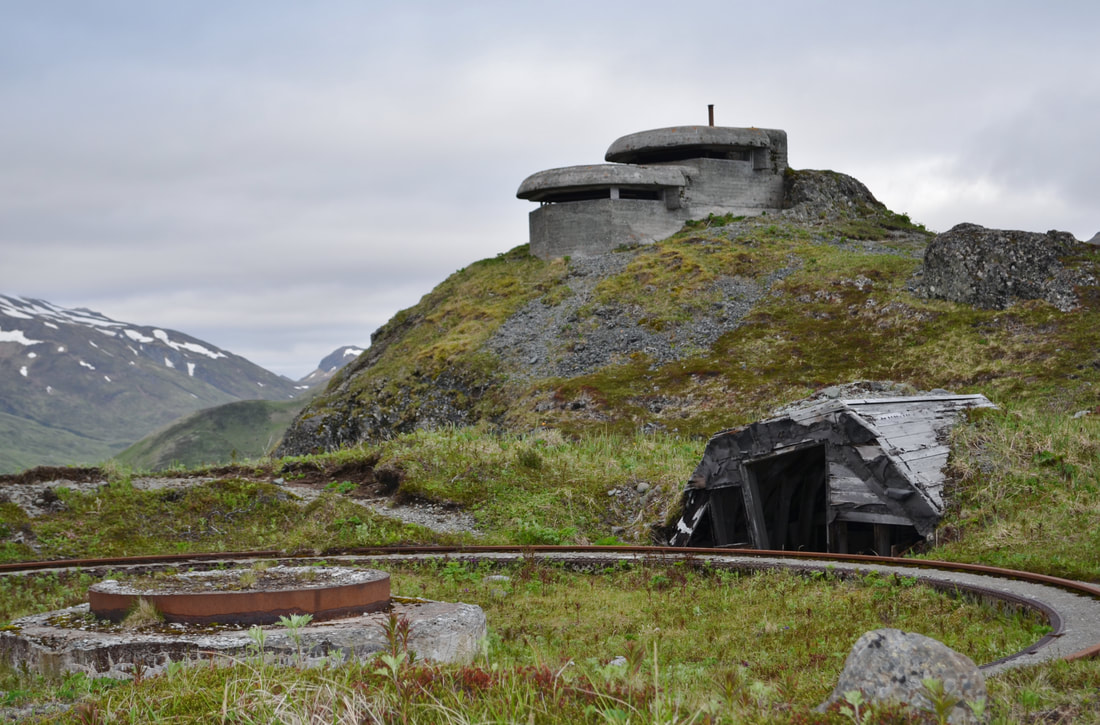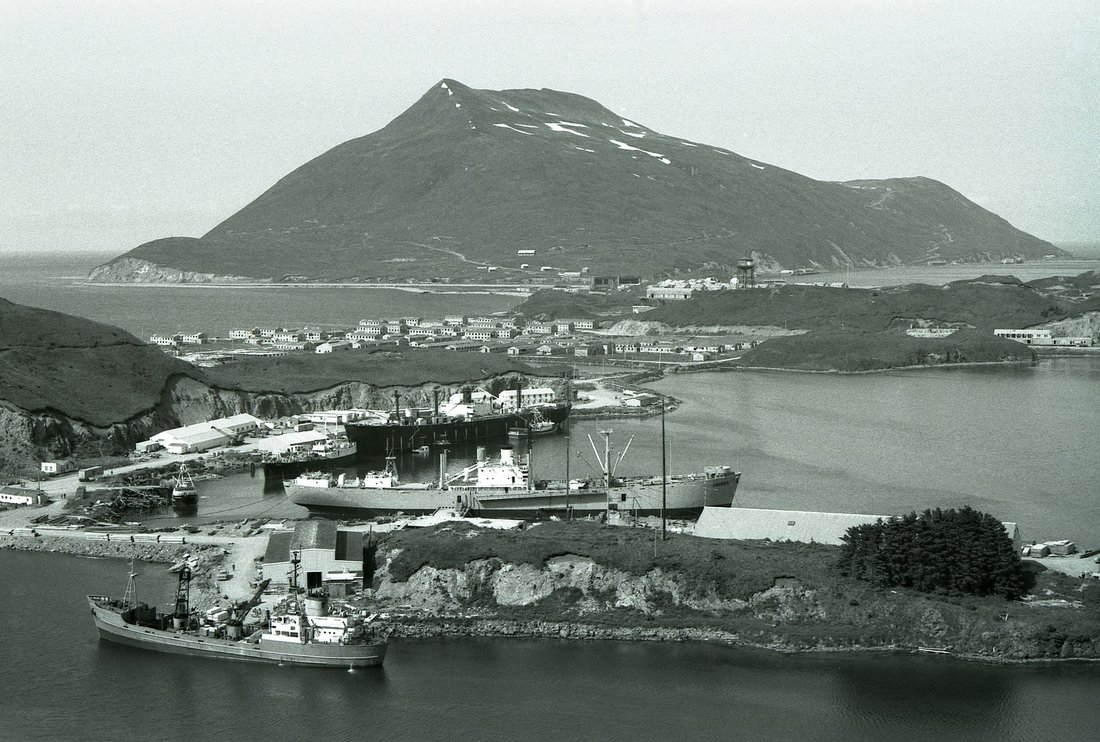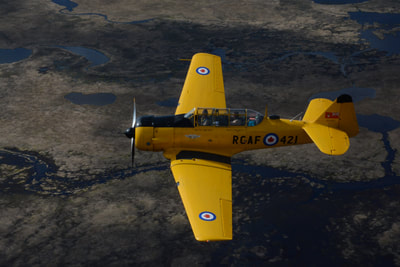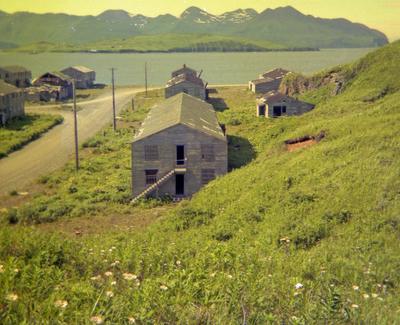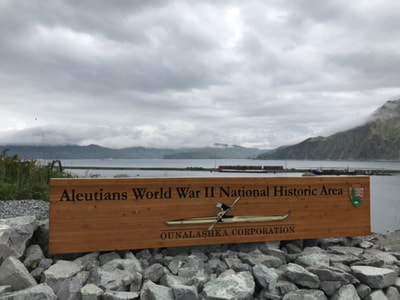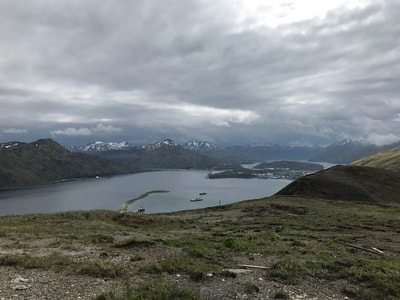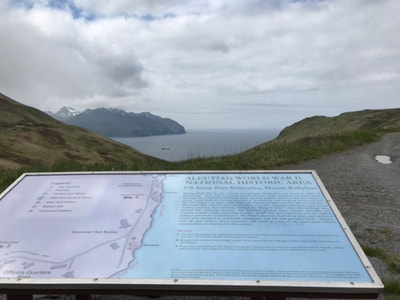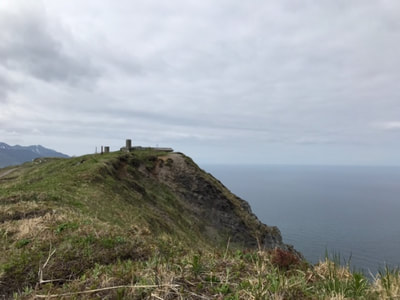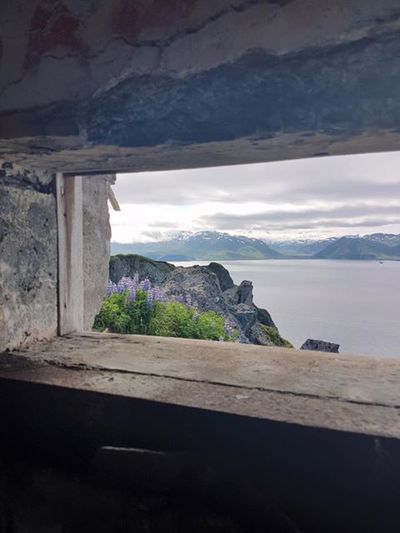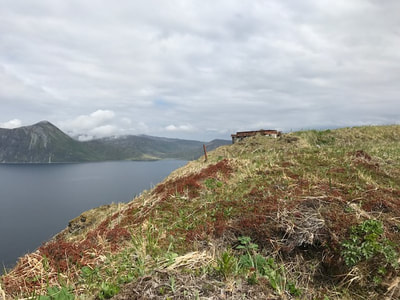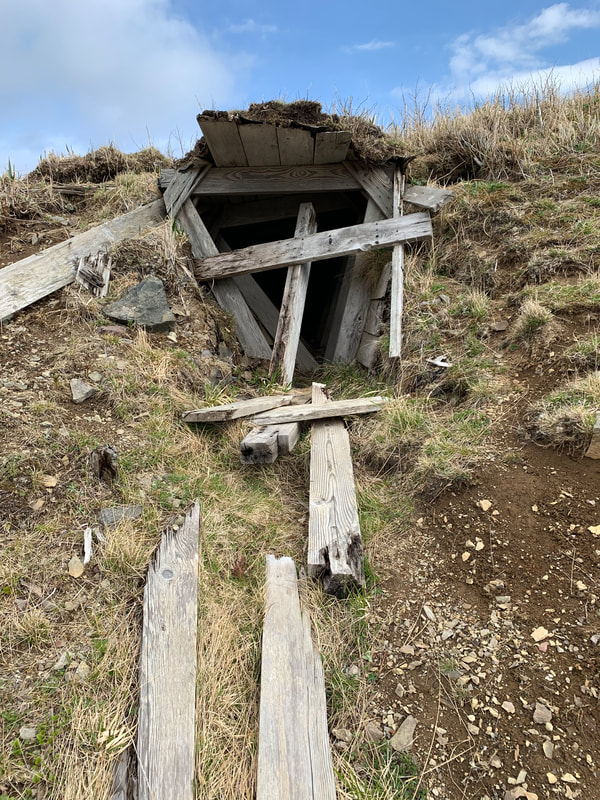The impact of World War II in the Aleutian Islands remains one of the most visible features that dot this remote landscape today. Quonset huts, barracks, and former gun emplacements blend with Unalaska's modern physical features, providing visitors and locals alike with a unique opportunity to explore this part of United States history. |
We Would Love to Have You Visit!
HoursOffice Hours:
Monday-Friday 9am-5pm |
Contact(907) 581-2612
Our office is located at 2029 Airport Beach Road Suite #3 in the Safeway Plaza |

